SUMMARY
We previously demonstrated that dioxin caused the endocrine disruption in the research on the health damage of residents at dioxin exposed areas in Vietnam. Particularly in children, the decline of DHEA and testosterone as androgen disruption occurs in 3 -7 year old children from hotspot areas. Dioxin inhibited activities of two enzymes, cytochrome P-450 17 lyase and 17β-hydroxysteroid dehydrogenase on the steroid biosynthesis process. The decreased levels of these hormones in children were significantly associated with dioxin concentrations in breast milk of their mothers. It is still unclear whether the androgen disorder in children is caused by dioxin exposure in prenatal period of their mothers or dioxin intake from breast milk and food after birth (Fig 1).
To elucidate dioxin influences in prenatal period, we have some plans for investigation on hormone disruption in fetus (umbilical blood) and pregnant mother (blood).
 |
| Fig 1. The site of influence of dioxin in human |
I. INTRODUCTION
We have been researching on health impact from dioxin in several aspects for 16 years in Vietnam. Especially, since 2008, our research has been focused on the understanding of diseases associated with hormone disruption from trace amount of dioxin in the residents (children, women, men). We found that dioxin caused an increase of risk of prostate cancer in man by inducing sex hormone disruption and low birth weight baby from pregnant mother by increasing level of cortisol known as stress hormone. Dioxin caused the hormone disruption by affecting specific enzyme activity on the steroid biosynthesis pathway. Also, the disordered babies were sometimes born from healthy mother living in dioxin exposed areas, but the causes for the accidents are largely unknown. From the information, the origin sources may be strongly influenced by dioxin during pregnant period.
In order to inspect this subject, we focus on the two characteristic steroid hormones that act on fetus growth and the calcium metabolism.
II. RESULTS
2.1 The hormone disruption on the course from baby to school age
The disruption of DHEA and testosterone was observed on the stage from baby to school age in hotspot areas (Fig 2). It is known that DHEA is abundantly produced at reticularis zone in adult adrenal gland only. During the six months of gestation, fetal adrenal reticularis zone (FRZ) enlarges larger than fetal kidney and the region secretes abundant amount of DHEA to produce estriol in placenta. After birth, FRZ gradually differentiates into zone reticularis (ZR) at cortex of adult adrenal gland. Postnatally the level of DHEA declines in parallel with differentiation of fetal zone. FRZ is clearly differentiated into FZ at 3 years old and DHEA level again begins to the increases.
 |
| Fig 2. The steroid hormone disruption in child |
To confirm whether or not hormone disruption occurs in fetal and cause disease, we will analyze the steroid hormone in blood from fetus (umbilical cord) and pregnant mother.
2.2 Feminization of boy\'s finger and dioxin
There is a sex difference in finger length. The ratio of length of 2-digit divided by length of 4-digit (2D/4D), is larger in females than that in males through the life.
In our research, the ratios of 2D/4D of boys in Phu Cat and Bien Hoa tended to be larger than those in non-exposed area (Fig 3) and the ratios were associated with dioxin levels in breast milk of their mothers. As reported, the feminization of boys may occur by DHEA and testosterone declines (androgen shower decrease) or estrogen increase in the developmental fetal stage in gestation. Our result on boy\'s finger was consistent with the decrease of serum DHEA and testosterone levels in 3 and 5 year old children, although we have not researched on prenatal period yet. Based on these results, we suppose that dioxin induces to feminize the growth of finger bone in boys. Here we propose that the ratio might be useful marker that indicates hormone disorder as congenital adrenal disease, other disease in human or environmental chemical agents inducing hormone disruption.
Therefore, we hope to elucidate the correlation between the sex hormone level in fetus blood (umbilical cord) and dioxin level in pregnant mothers from hotspot area in 2019.
 |
| Fig 3. 2D/4D of boy\'s finger in hotspot and non-exposed area |
2.3 Approach to elucidate the impact of dioxin exposure in pregnancy
2.3.1 The health impact
In our previous research, low birth weight of infants is related to maternal dioxin and cortisol levels. However, we have not yet investigated the relationship between maternal dioxin and hormone in fetal blood in the prenatal stage. To elucidate it, we try to start cohort study with large scale in 2019.
We collect the blood from mother and infant pair and check health condition of baby.
2.3.2 Key steroid hormones for development of fetus
We focus on 16α-hydroxy DHEA (16-OH DHEA) and 25-hydroxy vitamin D (25-OH VD) as key compounds. The two steroid compounds play important roles in the embryonic growth in the prenatal stage.
Abundant DHEA secreted in fetus adrenal gland converts to 16-OH DHEA in fetus liver. Next, 16-OH DHEA is converted to estriol by aromatase in placenta. The estriol plays a role in the growth of fetus.
Therefore, 16-OH DHEA produced in fetus is a key hormone to keep the fetal development normal (Fig 4).
While 25-OH Vitamin D is an intermediate of 1α, 25-(OH)2 VD as active compound. The both Vitamin analogues play a role in calcium absorption from gastrointestinal tract to form bone in fetus.
 |
| Fig 4. The steroid pathway in fetus – placenta |
2.3.3 Estimation of new steroid hormones using LC-MS/MS
We develop the simultaneous analytical method using LC-MS/MS to assess the levels of 16-OH DHEA, 25-OH Vitamin D and other general steroid hormones in serum of mother and infant.
III. CONCLUSION
In our research on adverse effect induced by dioxin, we want to get a clue to resolve the problem by elucidating key steroid hormones in pairs of fetus and mother. We hope to collaborate internationally with researchers.




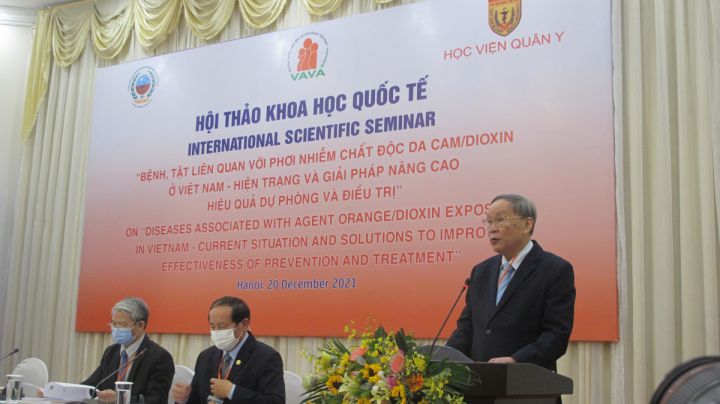


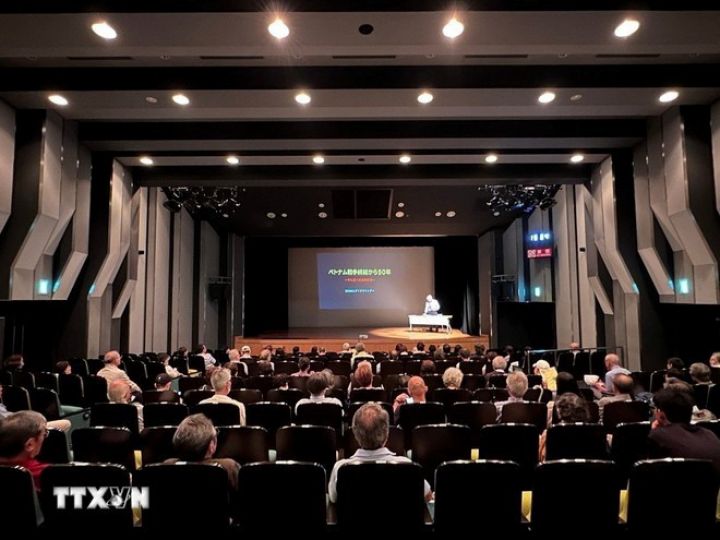















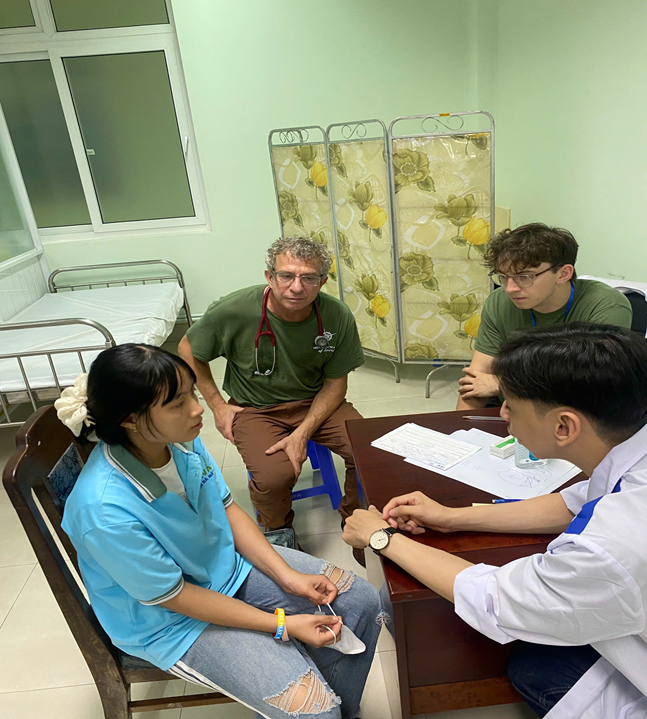
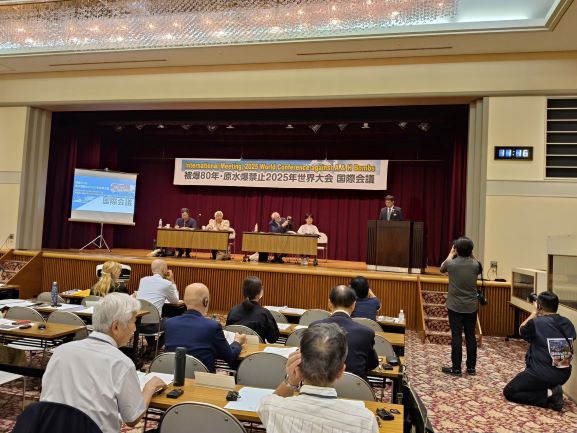



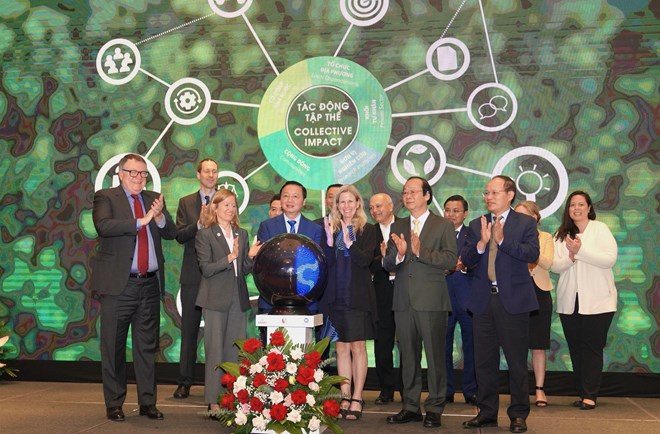




.jpg)
Comment